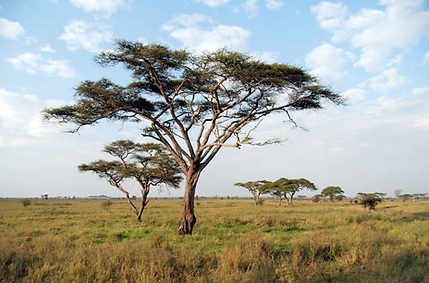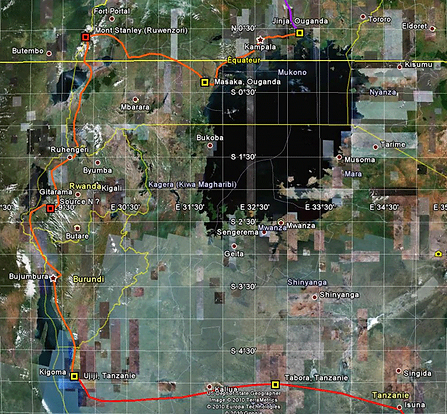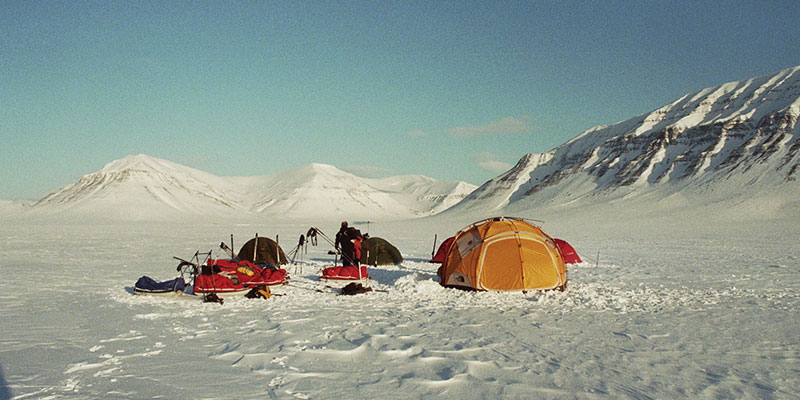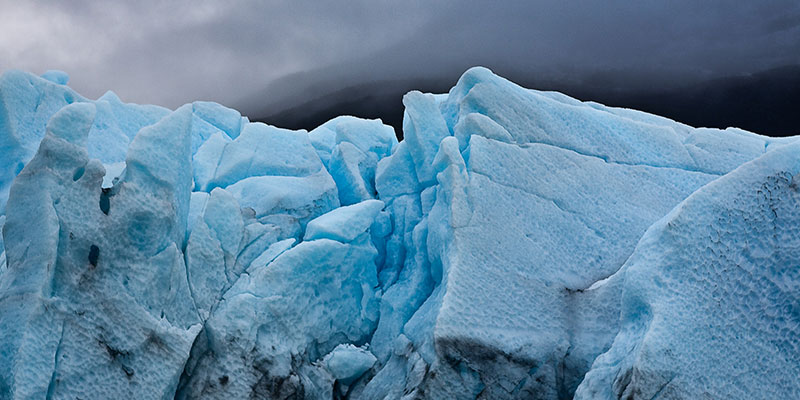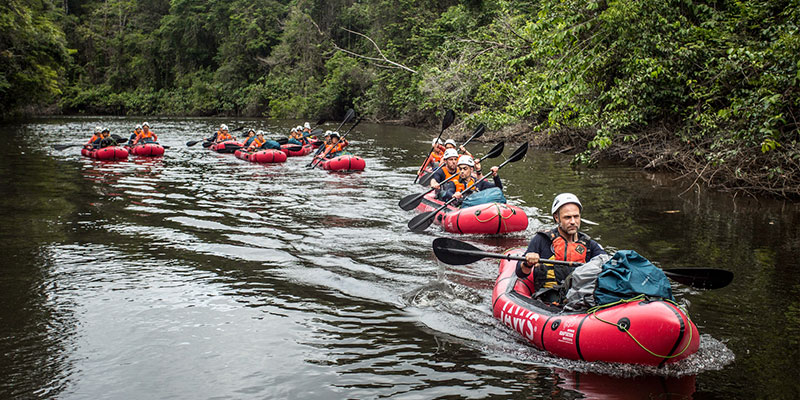Après 5 mois à pied en 2012, puis 2013 entre Zanzibar et Jinja (Ouganda), en passant par toutes les sources annoncées, l’expédition se terminera en 2014 après un dernier travail de terrain. Plusieurs milliers de kilomètres à pied en solitaire pour une plongée en profondeur au cœur de l’Afrique, de la mer jusqu’à ses plus hauts sommets.
Les MYTHES DU NIL est une expédition à la fois autour du Nil géographique, ses sources et affluents, encore parfois discutés et sur les légendes et croyances des peuples qui vivent au bord du fleuve. Menée par Christian Clot principalement en solitaire, elle a pour but de mieux connaître les différents aspects du plus mythique de tous les fleuves !
Une expérience où chaque pas constitue une nouvelle découverte.
L’expédition a pour but de mieux saisir l’intérêt que suscite le Nil et son bassin depuis des millénaires jusqu’à nos jours.
Plusieurs questionnements ont jalonné le parcours, afin de mieux appréhender les réalités actuelles des pays de son bassin principal :
- Pourquoi ses sources (ici du Nil Blanc) ont engendré tant de polémiques encore d’actualité ?
- Comment se construisent les pays et les peuples aujourd’hui après des siècles de traites négrières – dont l’abolition n’est pas si ancienne – et de nombreux conflits internes pas toujours résolus ?
- La vie au bord du fleuve dont les eaux, si importantes, sont sujettes à d’importantes tractations politiques qui excluent les peuples locaux.
“ Précipite dans le Nil l'homme qui a de la chance, et il remontera avec un poisson dans la bouche. ”
Proverbe égyptien
Des travaux ont été réalisés au cours du parcours, dont un photogéoréférencement des lieux en comparaison avec des images anciennes et un questionnement sur l’évolution de la traite dans les grands comptoirs tanzaniens.
Le trajet, réalisé sans moyen motorisé, a permis de rester au plus près des populations et des réalités du terrain avec ses climats et biodiversités variés et très riches, entre 0 et 5’100 mètres.
Le trajet de l'expédition
Un trajet entre histoire et actualité, dans des milieux et paysages très variés, en contact direct avec les populations.
Le parcours comprend quatre étapes effectuées, dont les deux premières ont été réalisées durant la même expédition 2012, avec un complément en 2013 :
-
Étape 1: traversée à pied de la Tanzanie d’est en ouest, en suivant principalement les anciennes routes aux esclaves.
-
Étape 2 : Remontée vers le Nord par le Burundi et le Rwanda, jusqu’en Ouganda, les territoires des nombreuses sources annoncées du Nil.
Les étapes à venir sont dans un premier temps de réaliser un trajet en Ethiopie, jusqu’aux sources du Nil Bleu afin de comparer les deux bassins du Nil, puis de descendre intégralement le Nil en kayak.
Étape 1 : Les routes aux esclaves
-
De Zanzibar à Ujiji au bord du lac Tanganyika (le lieux du fameux « Dr Livingston I presume » de Stanley) en traversant le centre de la Tanzanie.
-
1900 kilomètres de parcours entre îles de l’océan Indien, savane africaine, grands lacs et basse montagne.
Cette étape, comme une rencontre de l’Afrique et des imaginaires du Nil a évolué autour de deux notions principales, les marchés aux esclaves et les expéditions de recherche des sources du Nil.
La Tanzanie et ses comptoirs « caché », Tabora, Dodoma, Zanzibar et autres a, durant des siècles, été une plaque tournante du trafic d’esclaves, concentrant les « prises » effectuées dans l’ensemble du haut-bassin est du Nil (Tanzanie, Burundi, Rwanda et une partie du sud Kenya). Une traite arabe qui ne s’est terminée officiellement qu’il y a moins d’un siècle. Comment vivent aujourd’hui ces régions, ces peuples, que l’on a vidés de leurs forces vives et qui peinent encore aujourd’hui à se reconstruire ?
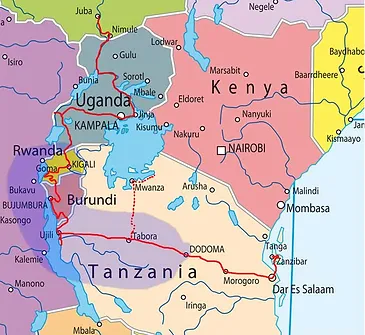
Étape 2 : Les sources de vie
-
Du lac Tanganyika (Ujiji) au lac Victoria (Jinja), en passant par les différentes sources déclarées du Nil.
-
4 pays : Tanzanie, Burundi, Rwanda et Ouganda.
-
1’100 kilomètres et plus de 40’000 mètres de dénivelé à pied entre forêts tropicales, contreforts montagneux aux cultures étagées, hautes montagnes et l’une des flores et faunes les plus riches de la région.
Cette étape, très variée, entre quatre pays, plusieurs climats et à la flore et la faune très riche, a conduit Christian sur les différentes sources déclarées du Nil : de la plus éloignée au Burundi à la plus haute dans les monts Ruwenzori, il a retracé les grandes étapes de la recherche d’un mythe.
Les sources du maître fleuve ont toujours été sujettes à polémiques ! Les premiers habitants de l’Egypte imaginaient une mer intérieure donnant vie au fleuve. Puis, Ptolémée calcula qu’une haute montagne devait être la source et des dizaines d’expéditions sont parties en quête de ces monts. Ce sont finalement les Anglais, 1’600 ans plus tard, qui parvinrent au lac Victoria d’où part le Nil… Sans vraiment résoudre le mystère puisque plusieurs cours d’eau alimentent ce lac et que plusieurs points sont successivement désignés comme les vraies sources. Encore en 2006, une expédition anglaise déclarait avoir vraiment trouvé ce graal illusoire. Aujourd’hui, quatre sources « officielles » existent au Burundi, Rwanda et Ouganda bien qu’il soit encore possible d’en découvrir plusieurs…
C’est au lac Victoria considéré comme la véritable source du Nil Blanc et véritable début du grand fleuve que s’est terminé ce trajet.
